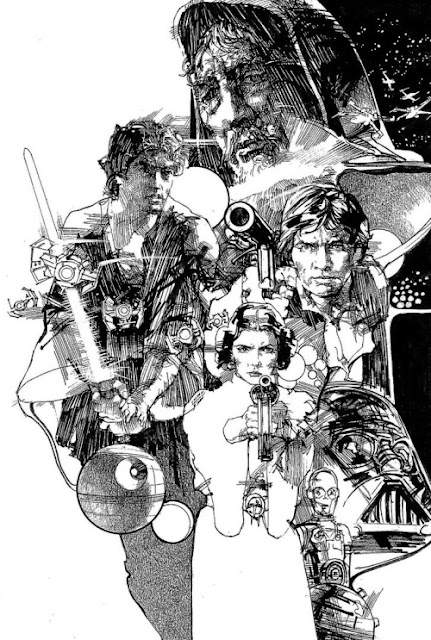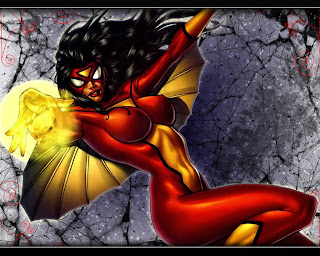Showcase Presents: The Flash, Vol. 1
Writers: John Broome and Robert Kanigher
Artists: Carmine Infantino, Joe Giella, Joe Giaccioa, and Joe Kubert
Steve's Rating: Eight of Ten Stars
Comic book historians mark the publication of "Showcase #4", an issue that took a superhero whose series ("Flash Comics") had been cancelled in 1954 as the beginning of the 'Silver Age." It's a perfect demarcation line, and the stories collected in "Showcase Presents: The Flash, Vol 1" show why this was the source of revitalization for the superhero genre:
The 500+ pages of comics in this book are not only superior to anything that was being published in the superhero genre at the time (the "Superman" and "Batman" tales from the 1950s and 1960s are awful when compared to the "Flash" tales in this book), but most of them remain fun reading to this day.
It's a book that any lover of comics needs to own, and this goes double if you fancy yourself a student of the genre.
"Showcase Presents: The Flash" starts with the very last Golden Age story, and then moves onto introduce Barry Allen, a police scientist who gains super-speed as a result of a freak accident. These first few stories are written by master-scribe Robert Kanigher, but the bulk of the book is by John Broome, and he laid down a foundation that would carry the Flash for three decades until the title was cancelled during DC's big 1984 "universe revamp" "Crisis on Infinite Earth."

While a minority of the stories seem overly goofy when viewed with jaded 21st century eyes--like the one where Flash gets turned into a 600-pound fat guy, for example--the vast majority of the stories remain highly entertaining flights of pseudo-scientific fancy. The effective use of time-travel and alternative dimensions also add a flavor to these Flash adventures that can't be found anywhere else in comics of the time.
These early stories also introduce some of the greatest comic villains to ever grace four-colored newsprint, and their "wonderful toys". Like Barry Allen himself, these villains stood as some of the greatest characters in DC's stable... like Captain Boomerrang, Mirror Master, Weather Wizard, Trickster, professional criminals all who had great gadgets, quirky personalities, and who were great foils for the fastest man alive. Lesser villains like Gorilla Grodd and Mister Alchemy also have their first appearances here. (In fact, the only major Flash villains who don't make their first appearance in this book are Heatwave, Golden Glider, the Top, and Reverse Flash... although the foundation for the latter is set here with the various time travel stories.
In addition to the introduction of the Flash and the villains that will soon become known as the Rogues Gallery, the book also presents the first appearance and origin of Ralph Dibney, the Elongated Man, and Wally West, the Kid Flash (and future inheritor of the Flash mantle).
Another joy to be had from reading this book is that the art is 100% Carmine Infantino pencils. Infantino was THE Flash artist--only Irv Novick came close to matching is greatness where this character and his world and supporting cast is concerned--and this book shows that he hit the ground running along side the Scarlet Speedester. (Infantino is one of the most underappreciated American comic book creators. It's a shame he doesn't get more praise and recognition.)
The only real weak point of the book can be found in the first 40 or so pages, and it's one that surprised me. For the first few tales, Infantino's pencils are inked by Joe Kubert, an artist as great as Infantino, but with a very different style. I love Kubert's art as much as I love Infantino's work, but when the two are combined, the result is less than stellar. In fact, I doubt I would have enjoyed this book as much as I did if the teaming had lasted for longer than the material that originally appeared in "Showcase" #4.
It just goes to show that sometimes two great flavors DON'T go great together.
Once that shakey start is behind us, however, we're treated to 500 pages of true, timeless comic book classics. If you love superhero comics, you can't help but love "Showcase Presents: The Flash, Vol. 1".















































.jpg)
